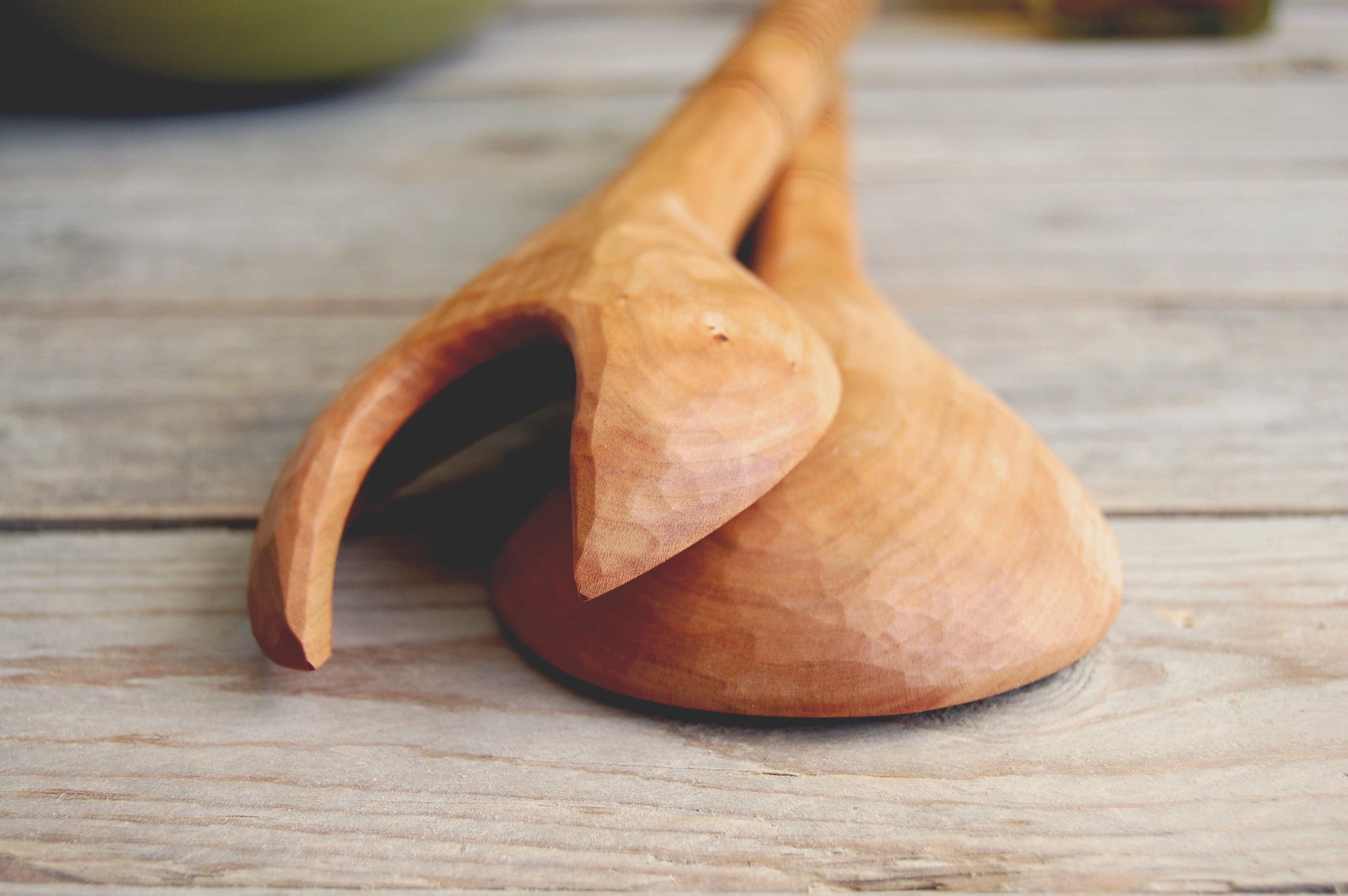Seamair Óg

An emblem of Ireland, over the centuries the shamrock has become a symbol of the fertile Emerald Isle, adorning all manner of objects from jewellery to tea towels. Legend has it St. Patrick used the three-leaved shamrock to explain the mystery of the holy trinity to the Irish. However, it did not become customary to wear the shamrock on St. Patrick's day until as late as 1681. The development of the shamrock as a national emblem came later, in the eighteenth century as a sense of nationalism developed. The United Irishmen, formed in the 1770's adopted green uniforms and used the shamrock as a nationalist symbol on their regalia. As the struggle for Independence raged on, the shamrock became the subject of many sentimental songs and poems in addition to appearing on stone carvings, costumes and book covers. Steeped in folklore and mythology, the shamrock is a universal symbol of Irishness. To many however, it has become a somewhat twee and dated symbol unrepresentative of modern Ireland.
"It would be a great pity to forget that the shamrock is in essence, the seamair óg, the young clover, symbol of prosperity and good fortune, and the ancient emblem of Ireland's rich green pastures" - Niall Mac Coitir
Love it or loathe it, this impressive little plant will be spotted in all it's incarnations this week from cheap paraphernalia to the traditional sprig of shamrock worn on a lapel. If you are interested in finding out more about the shamrock, the folklore, myth and legend surrounding the many varieties, Niall Mac Coitir's book Irish Wild Plants (myths legends and folklore) is a must read.

